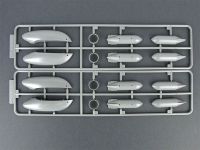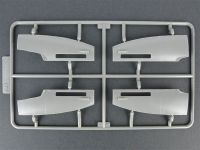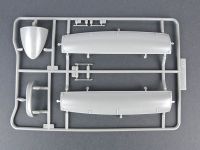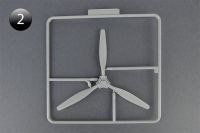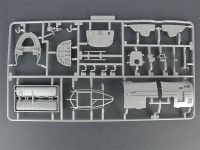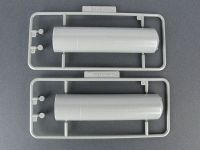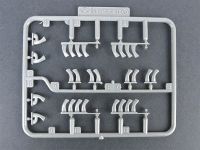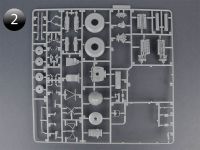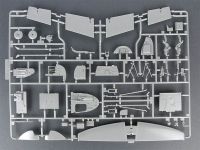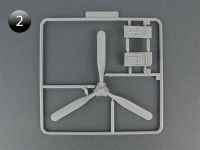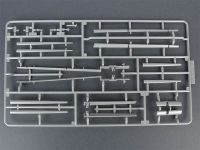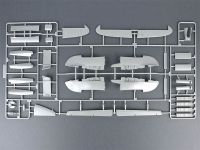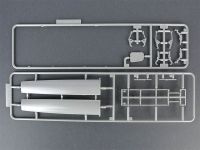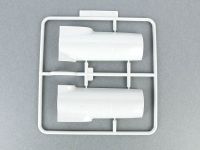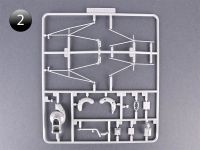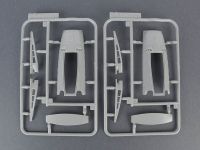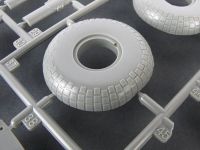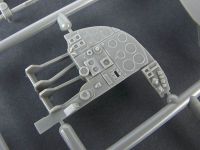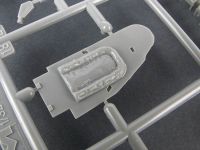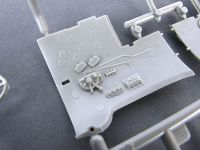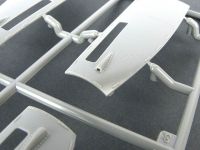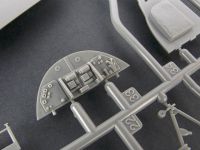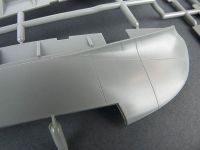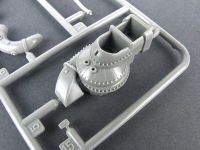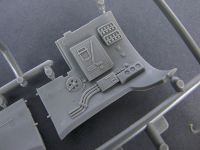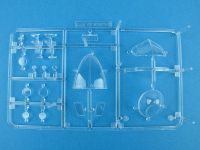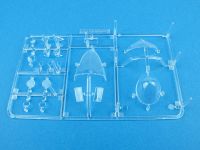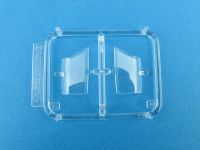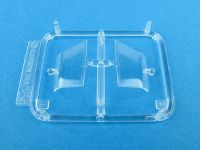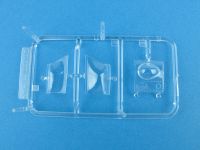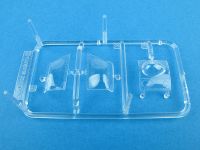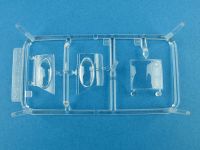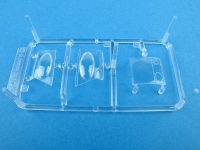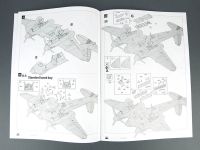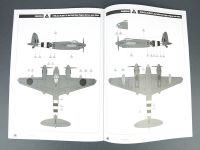HK Models | 01E016: 1/32 de Havilland Mosquito Mk IX/XVI
Reviewed by Kevin Futter
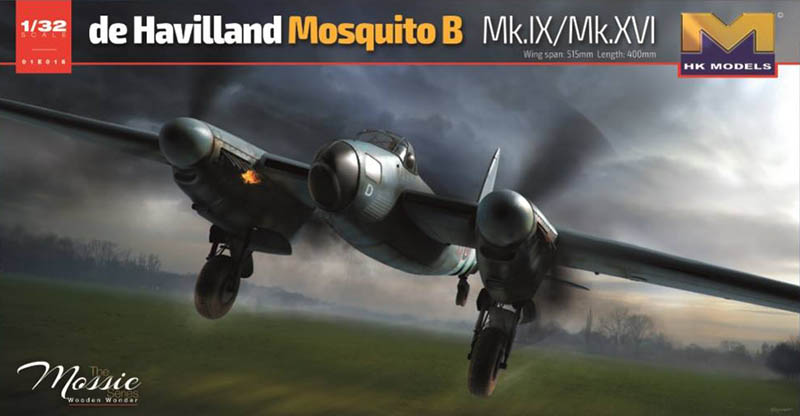
Revell first released a 1/32 scale Mosquito kit in 1971. It has been re-released several times since then, most recently in 2014, but remains the same outdated kit from days of yore. Tamiya and HK Models finally came to the rescue in 2015, with both releasing new-tool 1/32 scale kits of The Wooden Wonder. We reviewed the HK Models B Mk IV Series II kit upon its release, and the company has now followed that up with a B Mk IX/XVI kit, featuring two-stage variants of the Merlin engine.
Since the main point of difference between this and the previous release is the inclusion of two-stage Merlin engines, most of the rest of the kit is the same. There are new sprues for the revised engine nacelles, with redundant earlier parts removed from the original sprues where applicable.
The kit contents comprise the following:
- 26 grey plastic sprues
- 1 single-piece wing
- 4 clear plastic sprues
- 1 decal sheet
- 1 instruction booklet
- 1 paint colour guide
The Plastic Sprues
Everything is housed in protective plastic bags, though many of the smaller sprues are bundled together and bagged in groups. A feature of previous kits from HK Models has been the inclusion of some very large sprues, which of course makes sense given the large size of many of the company's chosen subjects. In this case, however, there is really only one that fills the box; most of the rest have been broken into much smaller, less unwieldy sprues. This certainly eases their handling! It also means many of the sprues are duplicated.
You'll notice that none of the sprues in the photos above feature wing or fuselage parts. This is due to quite an amazing feat of kit engineering and mould tooling: the wing is a single piece, and the fuselage is divided into front and rear sections, each of which is a single piece. Amazing.
The kit also includes the necessary parts to accommodate a standard bomb load of four 500lb bombs, or the large, 4000lb "cookie" bomb. The latter utilises a pair of fairings fore and aft of the bomb bay to convert it to the bulged configuration, and an alternative set of bomb bay doors.
A new set of lengthened parts for the forward engine nacelles is supplied, along with two new frets (M) containing parts appropriate for the two-stage Merlin.
The instructions note that there are 375 parts in all, compared to only 320 in the previous release.
The Wing
As mentioned above, the wing is moulded as a large, single piece (minus the flaps, ailerons, engine nacelles and wing tips). It's actually difficult to comprehend until you see it:
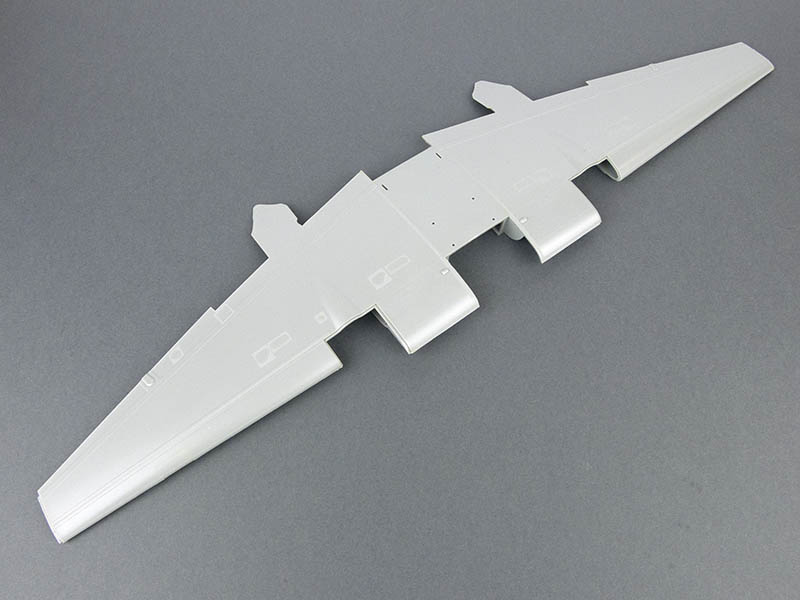
It's not a solid piece, however, with the trailing sections open, awaiting the insertion of the necessary parts to build out the flaps and ailerons:
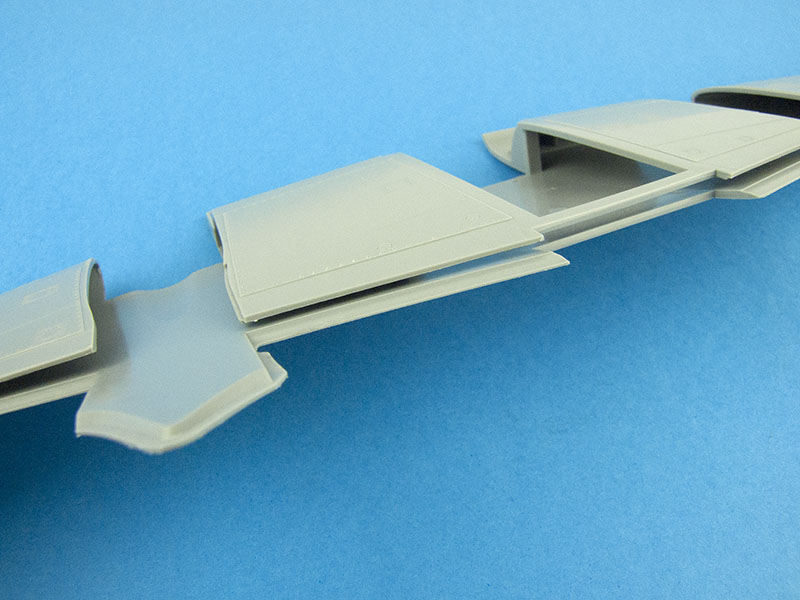
The leading edges are moulded closed, and the entire wing resembles something that has simply been folded back on itself:
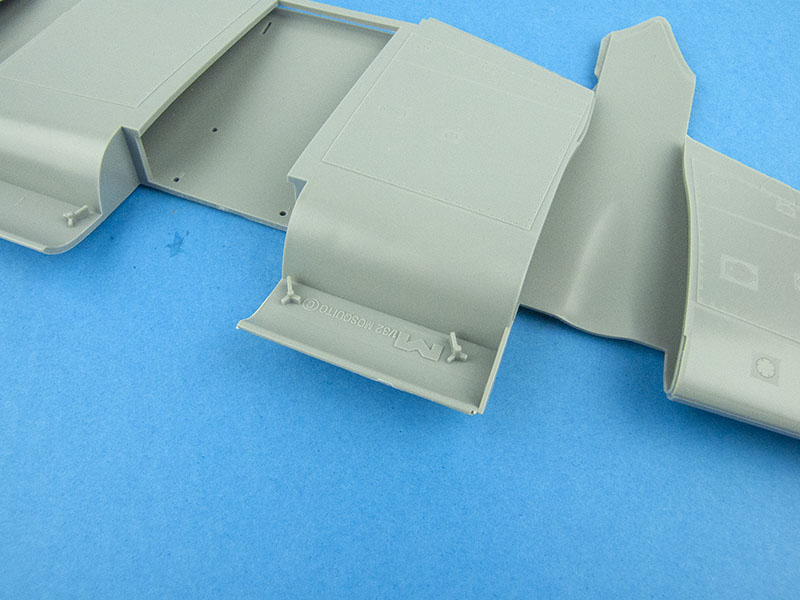
There is still a mould seam along the leading edge where the two halves have been fused together, so some clean up will still be required:
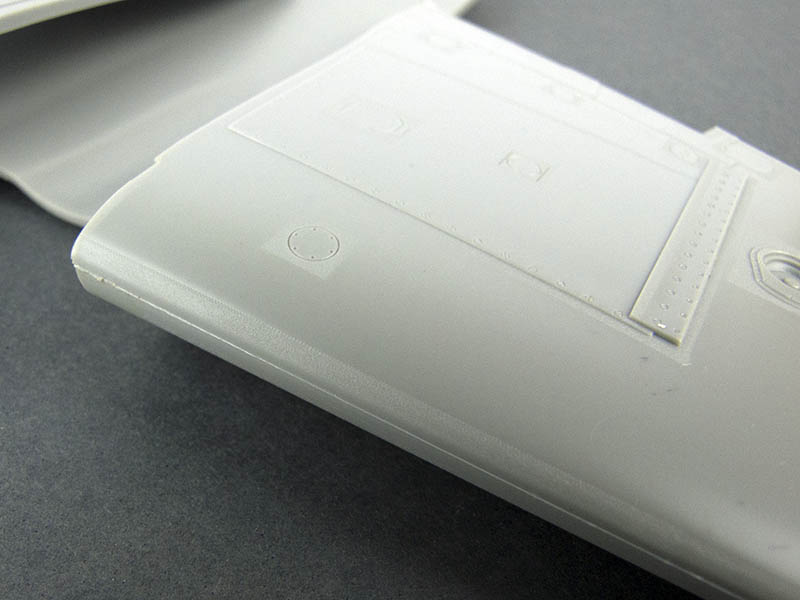
The surface detail is excellent, but obviously limited to those elements that were not wooden, such as hatches, access panels, and the like:
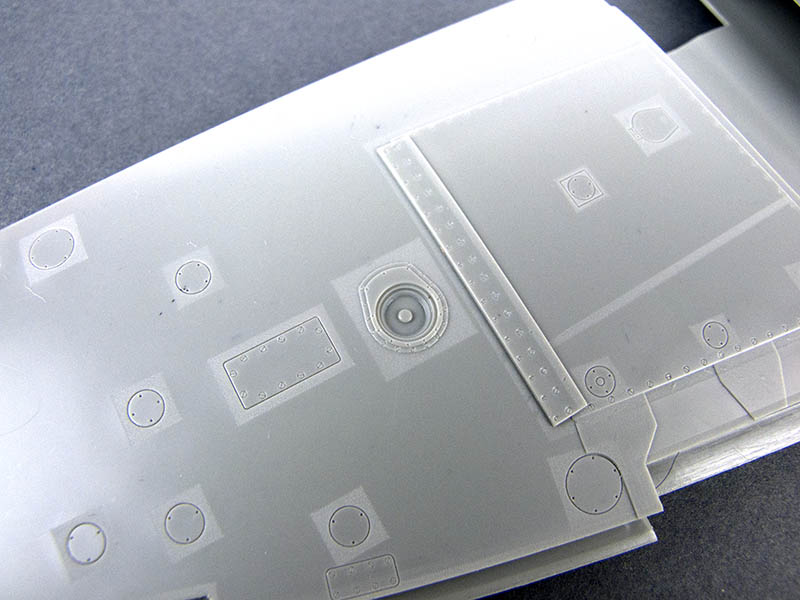
The Fuselage
In a similar vein to the wing, the fuselage is moulded in just two pieces: the nose section, and the rear fuselage:
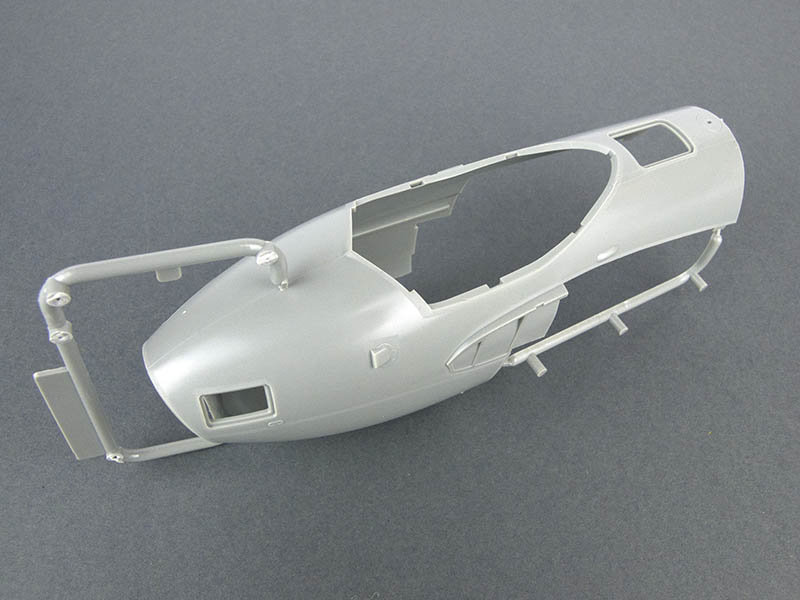
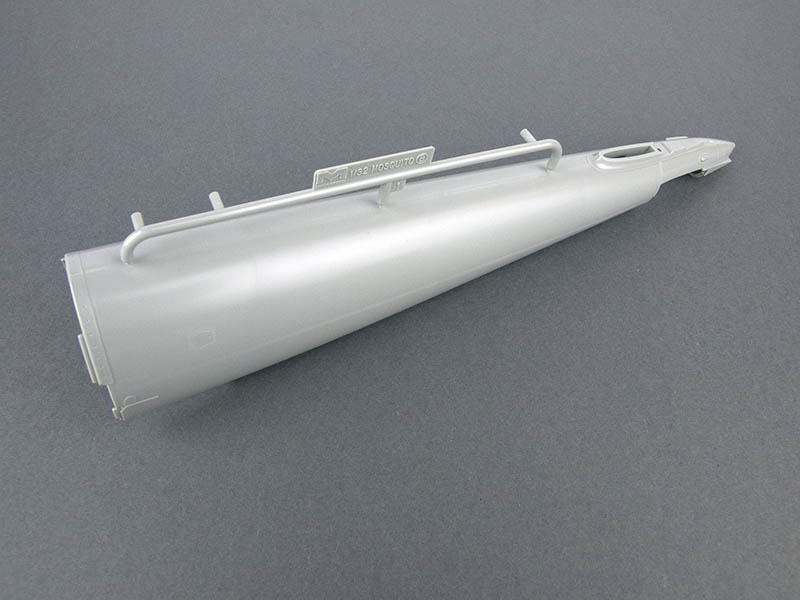
Also notice that, just like the wing, there is still a seam line where the original halves have been brought together in the mould. This will require some clean up prior to the painting stage.
As you would expect for a mostly wooden aircraft, there isn't much in the way of surface detail on the fuselage, but what's there is just as nicely done as on the wings:
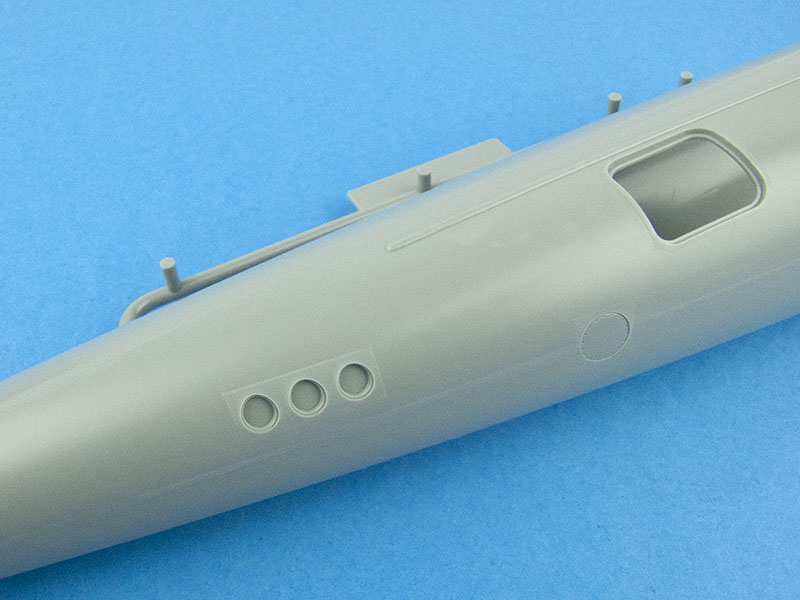
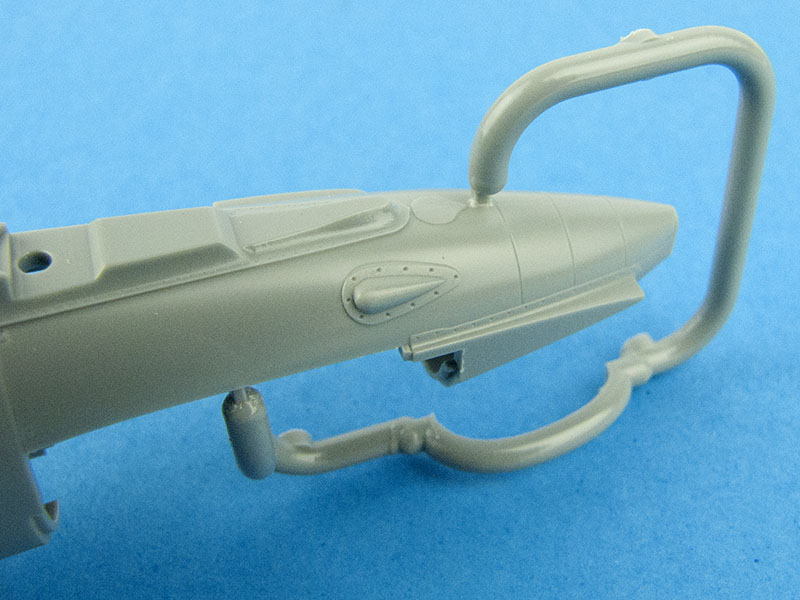
Detail Photos
Below is a selection of close-up photos showing the level of detail moulded in to the kit parts:
Two types of propeller are included: a broad-chord pair (Hamilton Standard?) and a narrow-chord pair (de Havilland hydromatic?). Oddly, both types feature scribed lines near each blade tip, presumably to demarcate the area to be painted yellow:
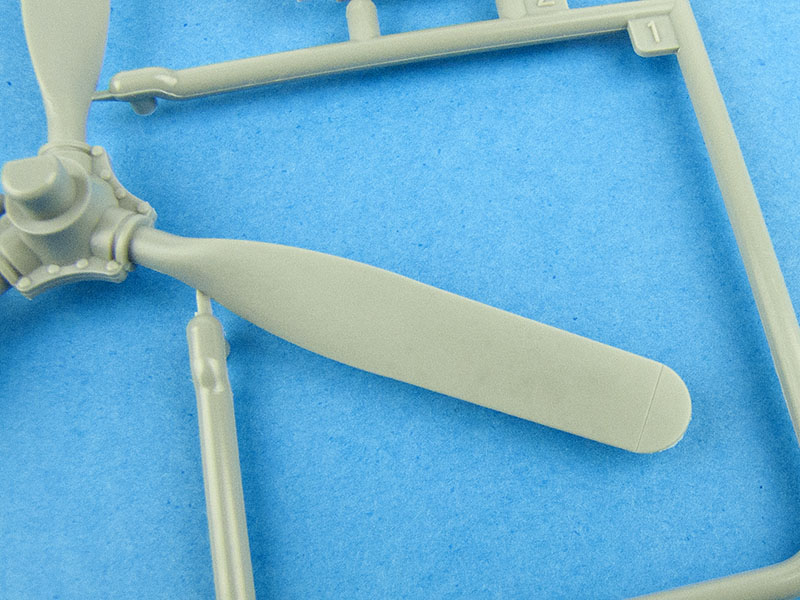
Given the quality of the rest of the kit, and the state-of-the-art nature of the tooling, this seems an anachronistic feature. Note that there is a tiny amount of flash present here, too, which I also found to be out-of-sync with the rest of the kit. It's nothing a swipe or two with a sanding stick can't deal with, however.
The Clear Parts
The clear parts are distributed across four separate sprues, arrayed together on a card backing, and collectively ensconced in a clear protective bag:
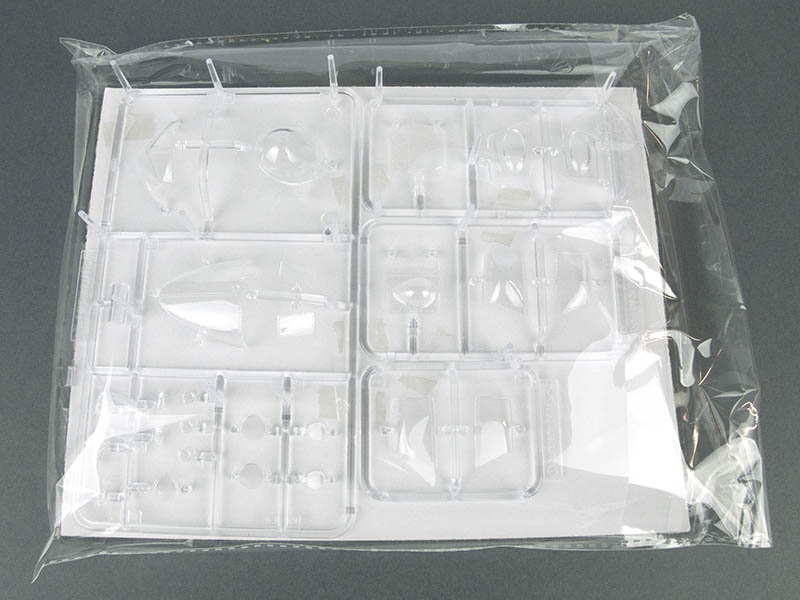
Note the large vertical pillars moulded on to each clear sprue; these appear to be designed to limit the ability of other elements in the box to come into contact with the clear parts, and are a very nice touch indeed!
Two types of side panels are included: with and without blisters. Two of the three markings options shown in the instructions feature the type with the blister, while the other utilises the flat panel.
The parts themselves are very clear and largely free of blemishes or extraneous distortion:
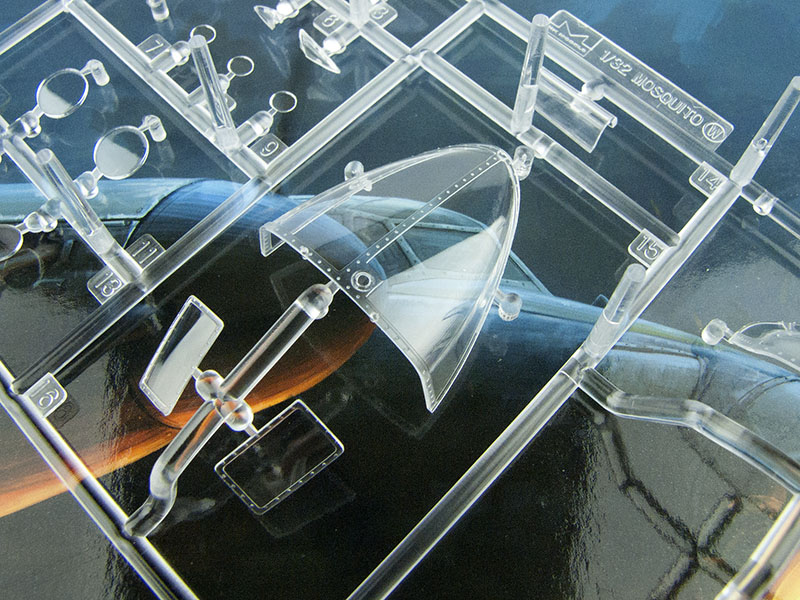
Photo-etched Fret
The kit provides two small photo-etched frets containing seat belts, and some intake grills:
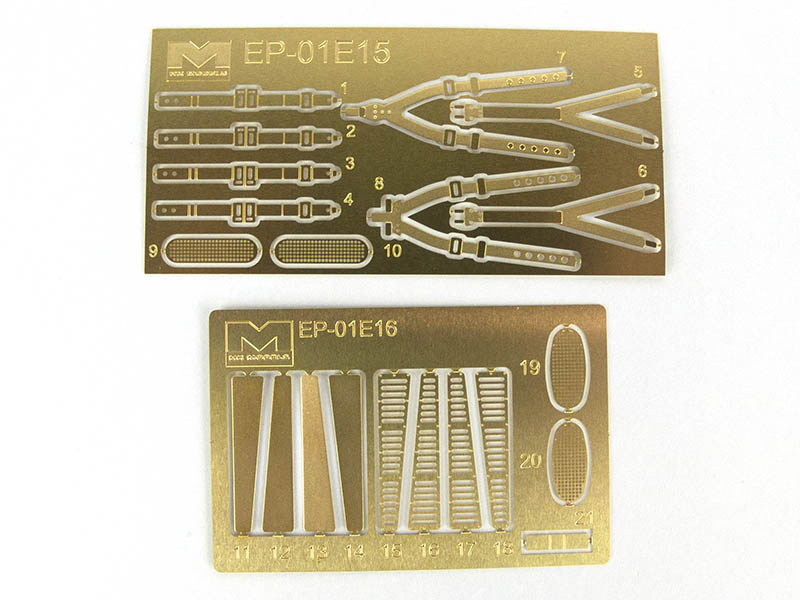
The seat belts are certainly a nice inclusion, allowing you to finish the model out-of-the-box without having to manufacture seat belts out of tape, but I intend to replace them with an aftermarket faux-fabric set once they're available.
Decals and Markings
The decals in early kits from HK Models were not that great, but in more recent kits they have been printed by Cartograf, and so it is too with this Mosquito kit. These are basically aftermarket-quality decals, far surpassing what you get from most other mainstream kit manufacturers.
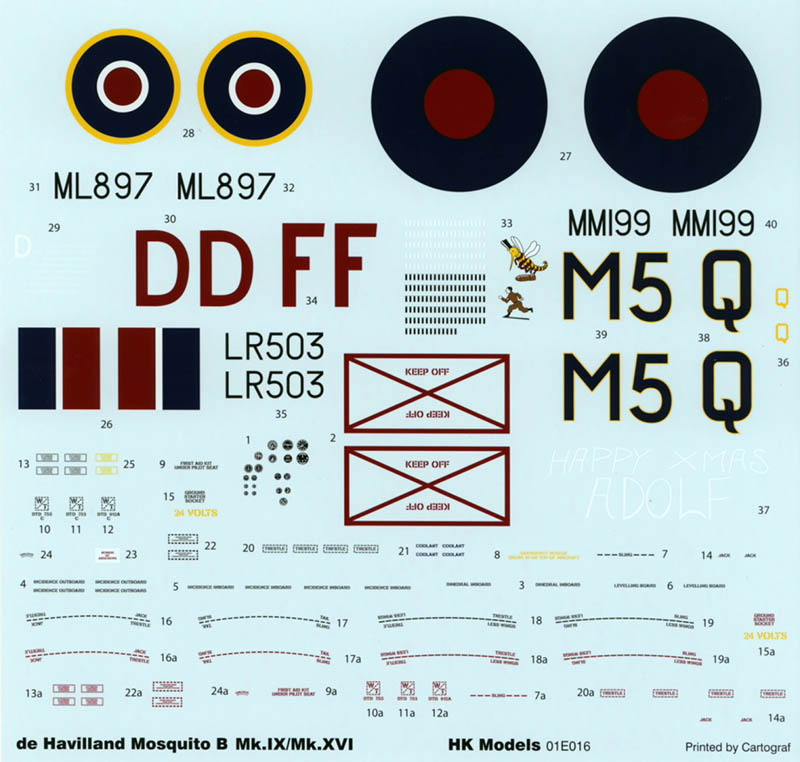
Three markings options are included:
- B Mk IX, ML897/D, No. 1409 Met Flight, Wyton, late 1944
- B Mk IX, LR503, No. 105 Squadron, Calgary, May 1945
- B Mk XVI, MM199/M5-Q, No. 128 Squadron, Wyton, December 1944
Instructions
The instructions consist of a large-format, saddle-stitched, 28-page booklet, and a separate Colour Guide sheet that lists the paint call-out codes, and their respective options in each of the Gunze, Tamiya and AK Interactive paint ranges. The pages are quality glossy stock, and the print quality is excellent.
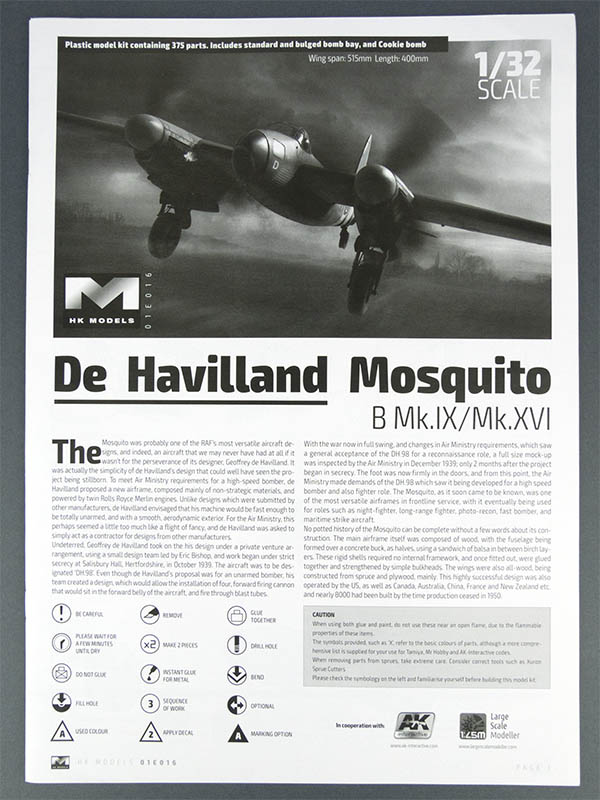
The instructions themselves are nicely done, featuring greyscale isometric line drawings and exploded views. The large page format allows the assembly sequence to be rendered in a far less crowded fashion than those from Revell, for example. The painting guide is rendered in greyscale too.
The last section of the instruction booklet contains a full, 2-page stencil placement guide.
Conclusion
This is a terrific kit, featuring innovative engineering and an ingenious parts breakdown. The inclusion of two full engines gives you plenty of scope for a superdetailed, open-cowling display, or even a full maintenance diorama. There's plenty of detail here, while still leaving some room for aftermarket companies to dress it up. The decals are also excellent, and the included schemes should provide something for everyone.
There has been some criticism levied at the shapes around the nose, engine nacelles, and inner wing leading edges, but they're only evident to me when compared directly with drawings, and I certainly don't notice them otherwise. If they are noticeable to you, and it's something you care about, then I recommend thinking carefully before purchasing this kit.
Personally, I think it's a great release, and is the first 1/32 scale representation of the Mosquito equipped with the two-stage Merlin engine. While it's a shame that HK Models wasn't able to address the known shape issues, this kit will still build into a terrific-looking model, and I look forward to building mine.
Thanks to HK Models for the review sample.
© Kevin Futter 2017
This review was published on Tuesday, July 04 2017; Last modified on Tuesday, July 04 2017

